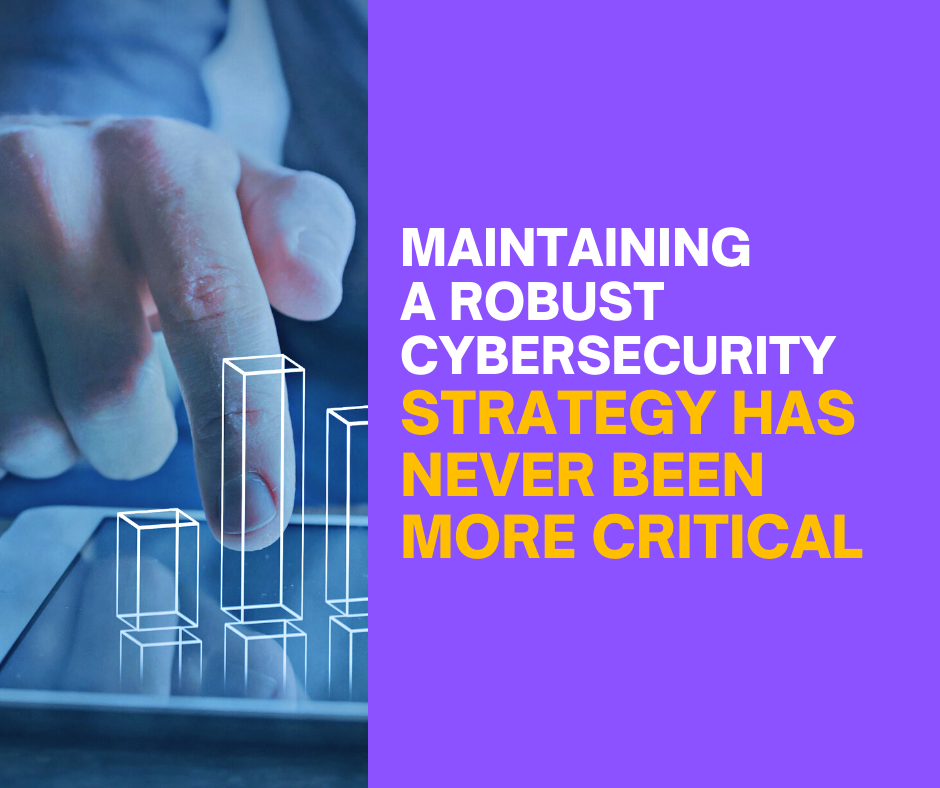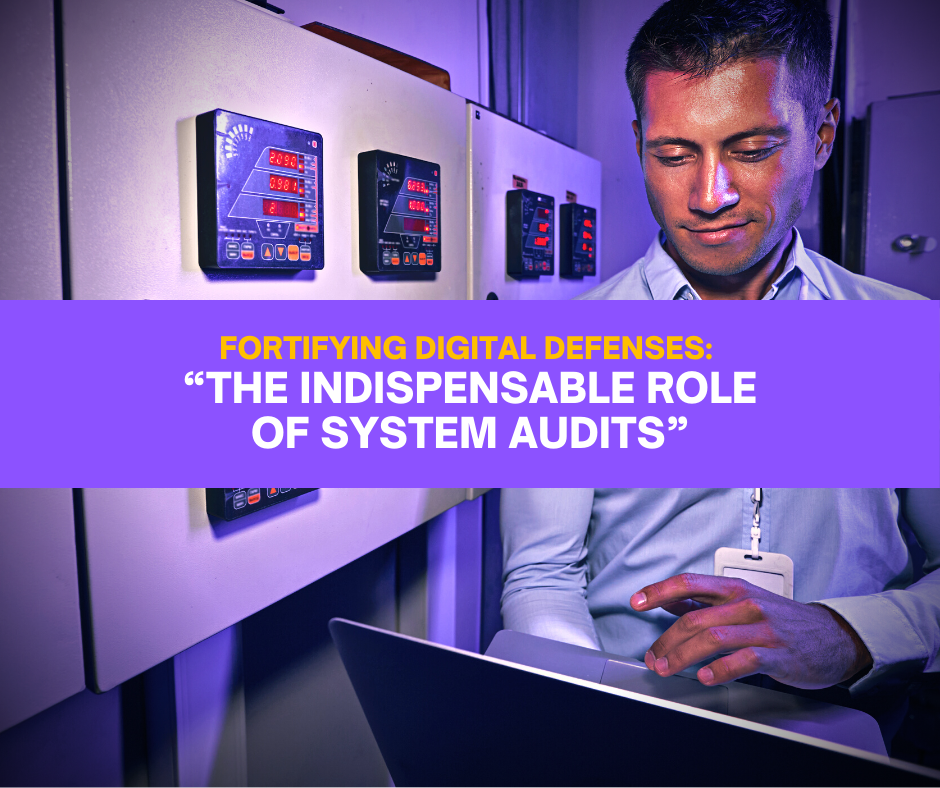Every year, an estimated 65% of businesses face at least one cybersecurity incident, according to the Ponemon Institute’s 2022 Cost of a Data Breach Report. Moreover, the global average data breach cost has risen to a staggering $4.24 million, a considerable increase of 10% from 2021. These figures underpin the indispensable role of system audits in the cybersecurity infrastructure of organizations, both big and small.
The importance of system audits cannot be overstated. Maintaining a robust cybersecurity strategy has never been more critical, with threats continually evolving and the potential for devastating consequences of a security breach. System audits are an integral part of this strategy, providing a meticulous check and balance system for an organization’s cybersecurity infrastructure.

Recently, Microsoft released Defender Auditing software, a notable development that empowers users to manage their infrastructure effectively. This software provides detailed recommendations, cybersecurity scores, and data to inform users how to enhance security standards. Such tools are invaluable, assisting in supplementing cybersecurity policies with efficient policy management.
System audits are a linchpin for Chief Information Security Officers (CISOs) and IT leaders, enabling them to align IT activities with established procedures. By performing a comprehensive review of an organization’s policies, procedures, and network operations, system audits provide a critical method for validating and measuring cybersecurity goals and objectives.
An optimal target is to limit the infrastructure devices open to vulnerabilities to a mere 1%. System audits play a vital role in this objective, systematically reviewing IT infrastructure controls. Such audits can confirm that the organization’s IT activities align with established procedures and that the systems function as intended.
The scope of a system audit can be categorized into eight areas:
- Evaluation of network performance: Assess if the implemented speed and performance standards are being met.
- Validation of established goals: For instance, keep the network’s vulnerability to potential breaches at a maximum of 1%.
- Achievement of defined objectives: Ensure that software updates and patch management are deployed consistently.
- Monitoring and reviewing of audit reports: Detect any trends or anomalies within the IT infrastructure.
- Identification of vulnerabilities: Spot weaknesses that require immediate remediation.
- Design of mitigation plan: Use the audit to formulate a strategic action plan to tackle identified issues.
- Foundation for guidelines: Utilize audit findings to develop standards ensuring goal achievement.
- Adherence to data privacy: Guarantee the safeguarding of sensitive information.
Determining the type of audit required is a crucial step. This could be a compliance audit (based on compliance standards), an internal audit (assessing adherence to policies within the organization), an external audit (evaluating commitment of vendors and customers to established standards), or a process audit (regular evaluation of infrastructure equipment).
The audit process can be broken down into five steps:
- Initiation: Start the process based on the defined scope of work and objectives.
- Frequency: Decide how often audits should be conducted and adhere to them.
- Preparation: Ensure the right team has the tools to complete the audit.
- Execution: Conduct the audit focused on conforming to the defined scope of work.
- Reporting: Share the audit results with relevant stakeholders within the organization.
The data collected in an audit must be accurate and supported by evidence. Moreover, the data should be represented in an easily digestible format, such as charts and graphs, especially when presenting over a period. Trend lines can be beneficial for demonstrating changes over time.
While the process might seem daunting and time-consuming initially, the value it provides must be maintained. Conducting regular audits can offer competitive advantages, streamline processes, drive revenue, and even increase customer loyalty. More importantly, it can prevent the catastrophic repercussions of a cybersecurity breach, solidifying the organization’s digital defenses.
Therefore, the imperative to perform cybersecurity system audits is apparent in the realm of ever-evolving cyber threats. By employing diligent practices, proactive measures, and robust auditing tools, organizations can fortify their cybersecurity posture and ensure their digital fortress remains unbreached.

